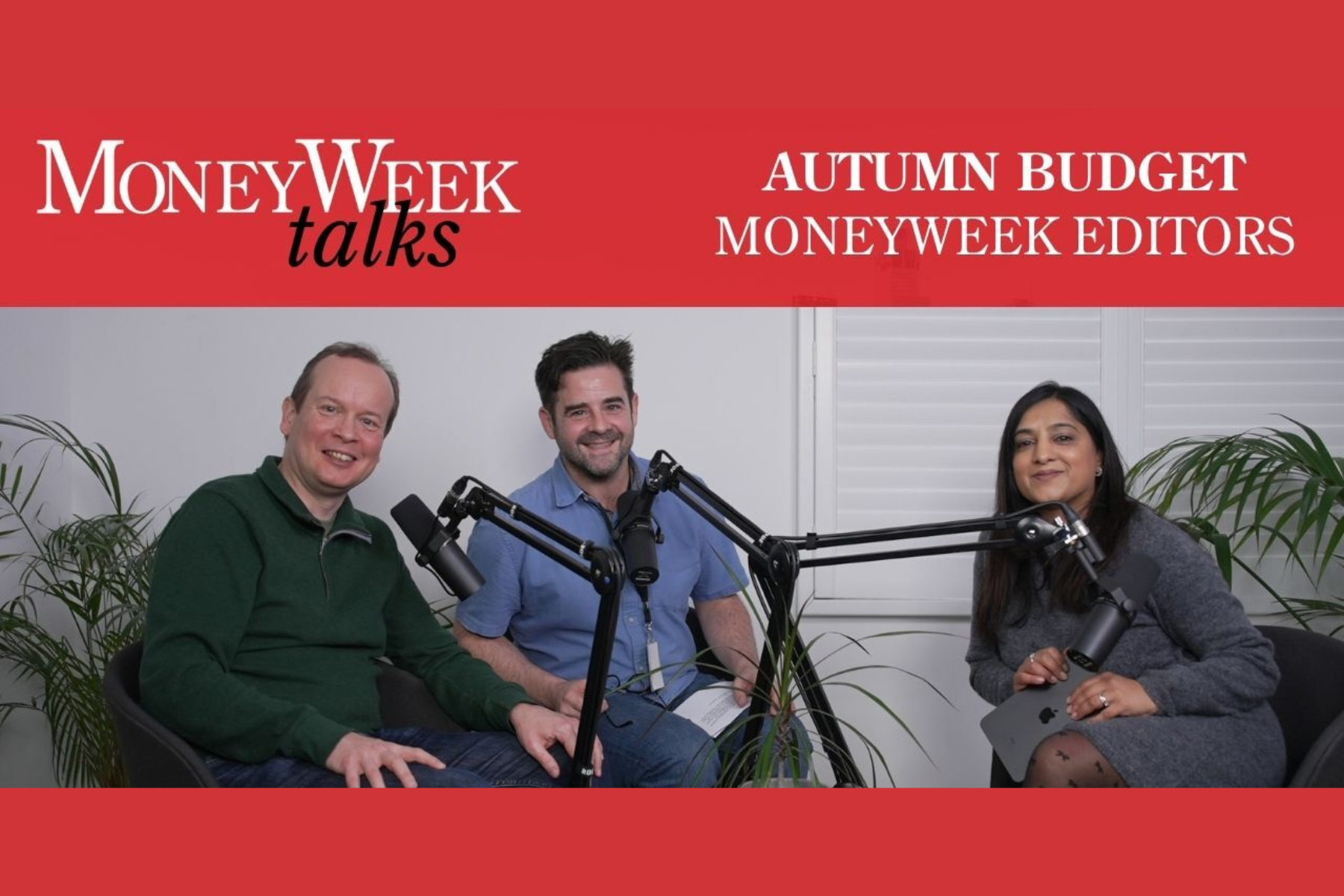RBS aiming to restart dividend payments -UPDATE
- No dividend payments until 2014 at the earliest; - Ulster Bank turn-around remains a priority; - Restructuring phase should largely be complete by the end of 2013
Royal Bank of Scotland, the 82 per cent publically owned bank, says it is targeting the resumption of dividend payments after 2013. The lender also delivered a positive message as regards its third quarter revenue performance and unveiled some additional cost cutting measures.
The announcements came in a speech by RBS's Chief Executive, Stephen Hester, at Merrill Lynch's annual London conference for bank bosses.
In a presentation that accompanied the speech, a resumption of dividend payments is cited as a "milestone" in the recovery plan, along with the sale of Direct Line.
MoneyWeek
Subscribe to MoneyWeek today and get your first six magazine issues absolutely FREE

Sign up to Money Morning
Don't miss the latest investment and personal finances news, market analysis, plus money-saving tips with our free twice-daily newsletter
Don't miss the latest investment and personal finances news, market analysis, plus money-saving tips with our free twice-daily newsletter
Hester is reported to have said his group was "nearing the point of becoming a recovered bank" and was on the way to becoming a "good" bank.
There are big issues that still need to be tackled, Hester conceded. These fall into three main categories: Markets restructure; turn-around of Ulster Bank; the reduction of non-core operations.
The group is targeting a year-end 2012 & 2013 core tier one ratio - a key measure of balance sheet strength - of around 10% after exiting the government's asset protection scheme and after factoring in regulatory impacts.
RBS also reiterated its main medium-term divisional targets, including a return on equity (RoE) in line with most industry peers, Basel 3 risk weighted aseets (RWAs) of £110bn medium term, from circa £145bn in the first half of 2012, with a £15bn reduction from portfolio restructuring, £10bn from mitigation and £10bn from hedging and regulatory approvals. RBS is also now expecting an 8.6% higher headcount reduction - of 3,800 from 3,500.
The restructuring phase should be largely complete by the end of next year, Hester told the conference.
The next phase will see the management focusing on boosting return on equity above the cost of equity, the resumption of dividend payments and completion of the remaining restructuring.
Hester said the group has created the platform for the recovery of share price performance, but an upturn in the economy would sure help things along. Slides from Hester's presentation are available on:
https://www.investors.rbs.com/download/slides/BOAML_Presentation_Final.pdf.
Earlier this year RBS was hit with a computer failure that prevented millions of its customers from accessing their accounts.
In 2008/9 the bank was the recipient of the largest government bailout in history, when it received £45bn to prevent it going bankrupt when international funding markets seized up. That disaster took place on the watch of Fred Goodwin, the group's disgraced former Chief Executive Officer; Hester was brought in by the government to clear up Goodwin's mess.
Commenting on the banks update analysts at Credit Suisse remarked the following: "Overall the update was broadly in line with previous guidance, although management highlighted a strong Q3 performance so far and some additional cost cutting. With the stock having rallied strongly in the last month with the sector we don't see this event as changing the investment case for RBS, trading at 0.6 times its estimated 2013 tangible nest asset value for a 2% return on tangible equity( RoTE), we remain Underperform, we see below sector profitability in the medium term and believe a more transformational restructuring is necessary."
BS
Get the latest financial news, insights and expert analysis from our award-winning MoneyWeek team, to help you understand what really matters when it comes to your finances.
MoneyWeek is written by a team of experienced and award-winning journalists, plus expert columnists. As well as daily digital news and features, MoneyWeek also publishes a weekly magazine, covering investing and personal finance. From share tips, pensions, gold to practical investment tips - we provide a round-up to help you make money and keep it.
-
 How much would it cost you to buy a house in Great Britain's happiest places?
How much would it cost you to buy a house in Great Britain's happiest places?Average asking prices for a property in the happiest place in Britain are below the national average
-
 How the Budget will hurt you: MoneyWeek Talks
How the Budget will hurt you: MoneyWeek TalksPodcast An Autumn budget podcast special episode, featuring MoneyWeek editors Kalpana Fitzpatrick, Andrew van Sickle and Cris Heaton.

